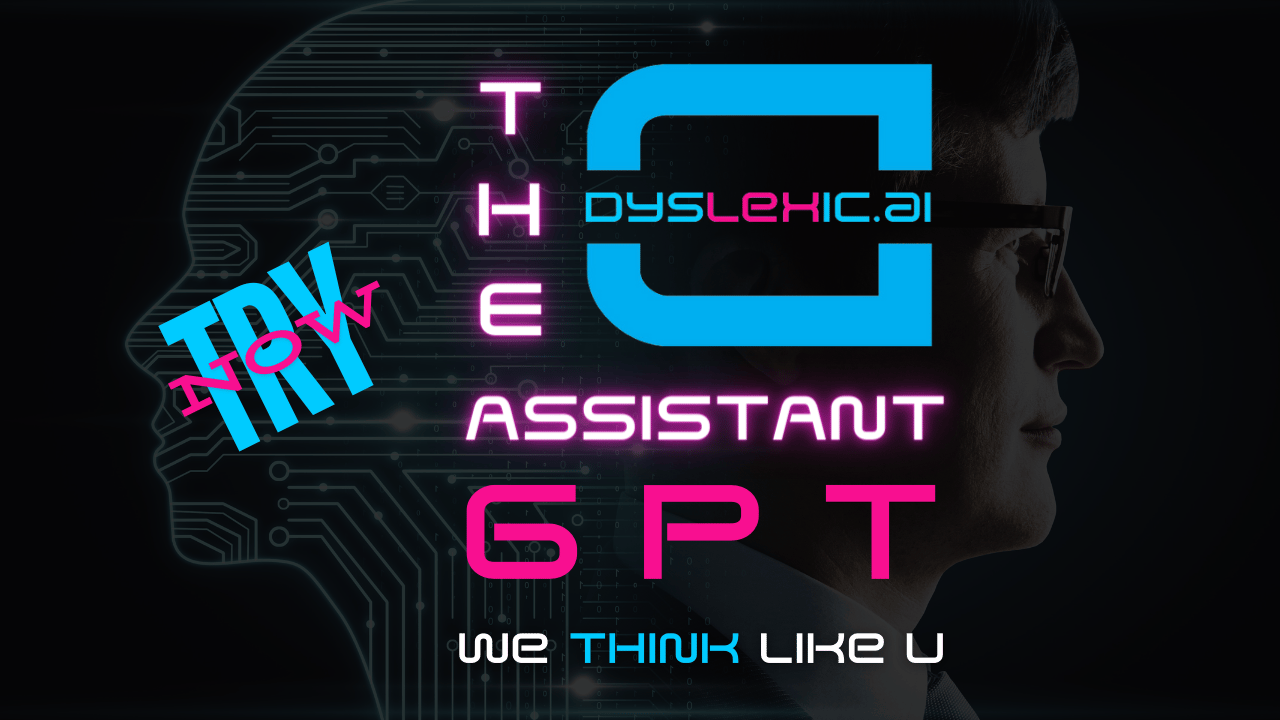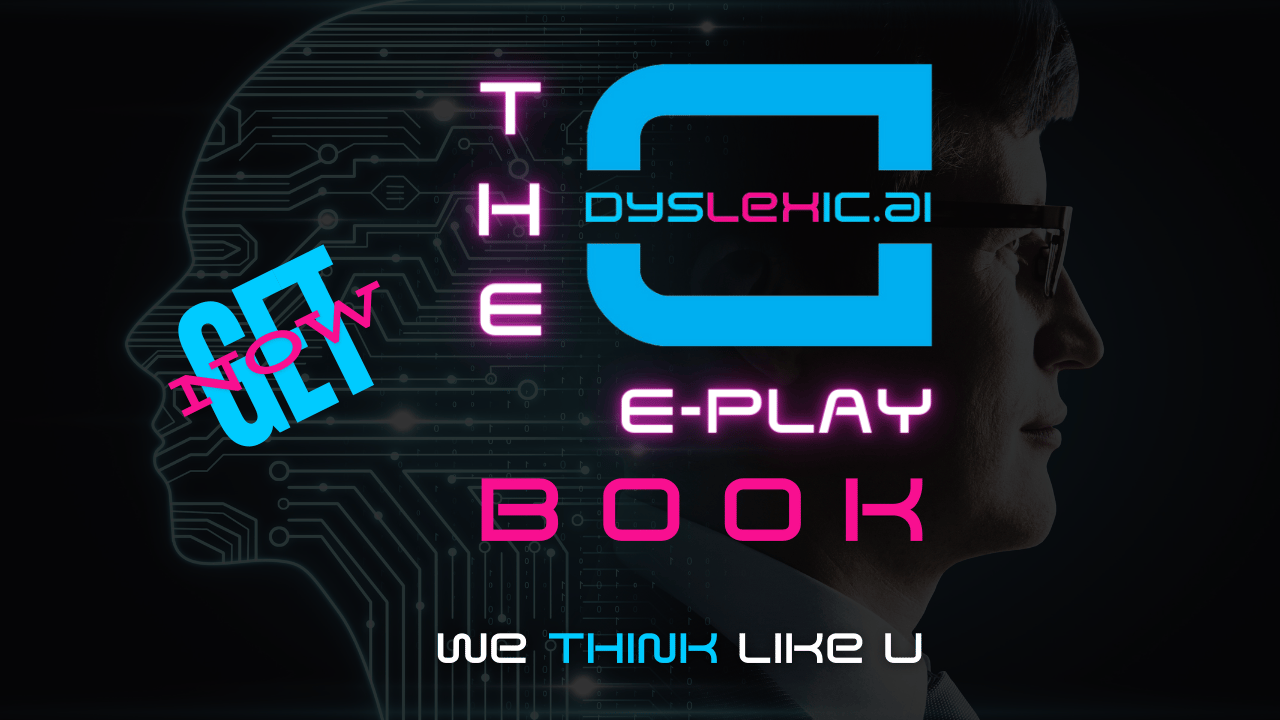- DYSLEXIC AI
- Posts
- Newsletter 290: Future Flash 003: Vibe Over Prompt
Newsletter 290: Future Flash 003: Vibe Over Prompt
🧠 Why Emotional AI Will Replace Prompt Engineering

What You'll Learn Today
In this third article of our 12-part Future Flash series:
Why prompt engineering is just temporary scaffolding for a deeper interface
How natural communication with emotional context works better than structured commands
Real examples of AI adapting to your energy and mood in real-time
Why this is revolutionary for neurodivergent communication styles
How to start using vibe-based interactions today
The connection between emotional AI and your Cognitive File
Reading Time: 10-12 minutes | Listening Time: 8-10 minutes if read aloud
The Forty-Five Minute Prompt
There was a moment three weeks ago when I realized I'd been thinking about this all wrong.
Five in the morning. Coffee getting cold. Forty-five minutes spent crafting what I thought was the perfect prompt for my AI assistant. I followed all the rules: be specific, provide context, define the audience, include examples, structure it properly.
The response came back technically perfect. Everything I'd asked for. But reading it felt like listening to someone recite instructions from a manual.
I sat there thinking about how much time I'd just spent teaching a machine to talk to me, when what I really wanted was to have a conversation about something I cared about.
That's when it hit me. We've been approaching this backwards.
How Humans Actually Communicate
Everyone talks about getting better at prompts. Learn the templates. Master the frameworks. Become more precise in your commands.
But what if the real future is AI that learns to understand us the way humans do?
Not just our words, but our energy. Our mood. The feeling behind what we're trying to say.
Watch what happens when someone asks you for help. If they're stressed and overwhelmed, you naturally simplify your response. If they're excited and energetic, you match that energy. If they're confused, you slow down and explain step by step.
You don't think about doing this. You just do it. That's how humans communicate.
Now imagine AI that works the same way.
Sarah's Translation Problem
My friend Sarah is dyslexic, like me. Brilliant marketer who thinks in stories and connections. She tried using an AI writing assistant last week.
"I know exactly what I want," she told me, "but I can't translate it into computer language."
When she says "I want this campaign to feel warm but professional, personal but not too informal, and I want people to trust us without feeling like we're trying too hard," that should be enough.
The AI should read the nuance in that description. Understand what she means. Respond accordingly.
Instead, she spent an hour trying to turn her intuitive understanding into structured prompts. By the end, she was exhausted and the AI responses felt mechanical.
This is the problem we're solving wrong. Instead of teaching Sarah to prompt better, we should be building AI that understands how Sarah naturally communicates.
The Technology Is Already Here
The technology already exists. AI can recognize when someone sounds stressed, excited, confused, confident. It can analyze tone, pace, word choice, even the structure of how someone builds their thoughts.
But most AI tools treat this emotional context like noise instead of signal.
That's about to change.
"I'm completely scattered today and need help organizing this project" should get a different response than "I'm excited about this idea and want to explore all the possibilities."
Same basic need. Completely different energy. Completely different helpful response.
This is what I mean by vibe over prompt. Not perfect commands. Natural communication that includes how you feel.
Why This Changes Everything for Different Minds
For minds like ours - dyslexic, ADHD, wired differently - this shift changes everything.
We don't naturally think in the structured, linear way that prompt engineering requires. We think in leaps, in feelings, in connections that might seem random but make perfect sense to us.
For years, I've been translating my thoughts into computer-acceptable formats. Learning to speak their language instead of my own. It's exhausting. It strips away exactly the kind of thinking that makes different minds valuable.
But what if we didn't have to?
What if we could just think out loud and have AI partners understand us?
The Simple Experiment
Try this experiment. Next time you need AI help with something, don't craft a prompt. Just explain what you're working on and how you're feeling about it. The way you would to a friend.
See what happens when you include emotional context instead of trying to strip it out.
You might find, as I have, that the most sophisticated AI interaction isn't about perfect prompts. It's about honest communication.
What I've Been Learning
I've started every AI conversation this week by saying something about my current state.
"I'm feeling creative but scattered." "I'm focused but short on time." "I'm stuck and need a different perspective."
The responses have been noticeably more helpful. Not because the AI is more advanced, but because I'm giving it more complete information about what kind of help I actually need.
When you don't have to spend mental energy crafting perfect prompts, that energy goes back into thinking, creating, solving problems. When AI can read your context and adapt accordingly, the interaction becomes collaboration instead of programming.
Following Natural Conversation Flow
This is already starting to happen. If you pay attention to your most useful AI interactions, they probably don't follow prompt engineering rules. They follow conversation patterns.
You start with one request. Build on the response. Shift direction based on what you learned. Circle back to refine an earlier idea.
The AI that's most helpful is the one that can follow this natural flow rather than treating each prompt as an isolated command.
Where This Is Heading
The future isn't teaching machines to understand our commands.
It's building machines that understand us.
For minds that have always thought differently, that changes everything.
Before the Coffee Gets Cold
Stop trying to think like a computer. Let computers learn to think with you.
Your emotions aren't bugs in the system. They're features that make communication richer, more authentic, and more effective.
The future belongs to minds that feel as much as they think.
— Matt Ivey, Founder · LM Lab AI
Part 3 of 12 in the "Predicting the Future with Neurodivergent Logic" Series
Connect with us:
Newsletter: [Subscribe for the full 12-part journey]
Vibe Experiments: [Share your emotional AI discoveries]
Research: [Read our communication pattern findings]
Community: [Join conversations about natural AI interaction]
Predictions Archive: [See all our "We called it first" moments]

TL;DR - Too Long; Didn't Read
For Fellow Skimmers: The Key Points
🎯 The Shift: Prompt engineering is temporary scaffolding. Real AI communication reads your energy, mood, and emotional context naturally.
🧠 Why It Matters: Neurodivergent minds don't need to learn computer-speak anymore. AI learns human communication patterns instead.
💫 How It Works: Your emotional state becomes input data. Stressed? AI simplifies. Creative? AI expands. Confused? AI clarifies.
🌊 The Future: Natural conversation that includes how you feel, not just what you need. AI that adapts to you instead of forcing you to adapt to it.
Next edition: Part 4 - One Brain, Many Agents: How specialized AI partners work together as extensions of your thinking
|
|
|






Reply